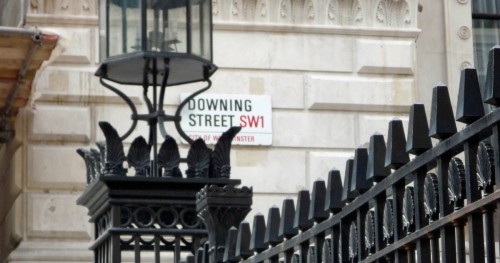10 Trademark Steps Freelancers Should Take

1. Register your name and logo with the Intellectual Property Office. More than half of ‘DIY’ applications fail, and not all applications give the cover an applicant thinks they do or need. So consider using an expert agent - it can more than pay for itself in a short time.
2. Multinational or one-person business, it is important to protect your brand from the outset. This is because without a registered trade mark your competitors will find it easier to use your name for similar goods or can even apply to register it themselves and stop you using it.
3. You can trade mark your name or the logo or both together as a single application. Each option gives a different degree of protection to your brand.
4. Whilst your name and logo are unregistered, you can put the ‘TM’ symbol for an unregistered trade mark next to them. You can also use the copyright, ©, symbol next to your logo. However, it is a criminal offence to use the registered trade mark symbol, ®, next to a word or logo that is not registered. Using the registered trade mark symbol will warn competitors that your mark is registered and also make them less likely to challenge it.
5. Make sure that there is not a similar name, symbol or phrase already trademarked or in widespread use. To do this, you can search the Intellectual Property Office’s (IPO) database. This can be time-consuming, but it is essential to ensure that you are not inadvertently taking someone else’s trademark. It should be noted, however, that DIY searches on the IPO will only bring up direct matches, so it is not foolproof.
6. Two companies can own the same trade mark as long as they are registered for different products. To make sense of what products are similar the trade mark registries operate a system of classes.
7. Don’t be too literal or descriptive with your company or product name. Names such as ‘Designer Leather Bags’ won’t be accepted, nor will misspelt words such as ‘Letha Bagz’. You also can’t register a trade mark that includes a famous name or brand, for example ‘Mike’s Armani Shop’. And, adding .com or .co.uk or ‘ltd’ to a name that is otherwise identical to a registered trade mark makes no difference; you can’t use or register it.
8. Think about creating a made-up name, as this is one of the easiest ways to a successful trade mark application. It’s one of the reasons brand names such as Viagra, Yakult and Accenture have come about.
9. Be thorough. A registered trade mark lasts for ten years before renewal fees are due, and once it’s registered you cannot increase the scope. So if you currently only sell clothing but are harbouring a desire to expand to make-up, then it’s worth applying for that class, otherwise you have to start and fund a second application from scratch.
10. A registered trade mark will allow you to bring an action for trade mark infringement against anyone trying to use your name for similar goods. This is important as it is notoriously difficult and expensive to succeed in a ‘passing off’ action if you only have an unregistered trade mark.
By Mark Kingsley-Williams, director of the UK’s leading online trade mark registration firm Trade Mark Direct. For more information on how to apply for a trade mark visit www.trademarkdirect.co.uk.



Comment
Log in or create your account to react to the article.